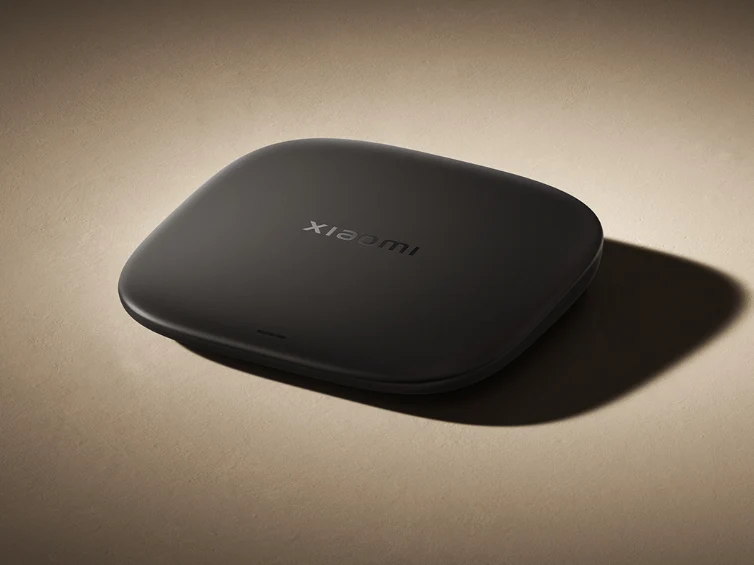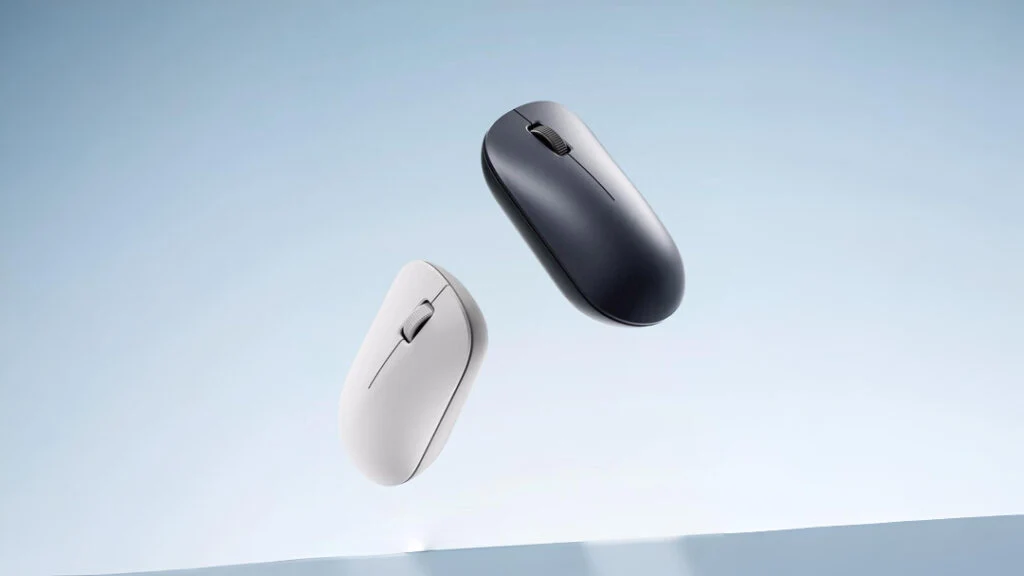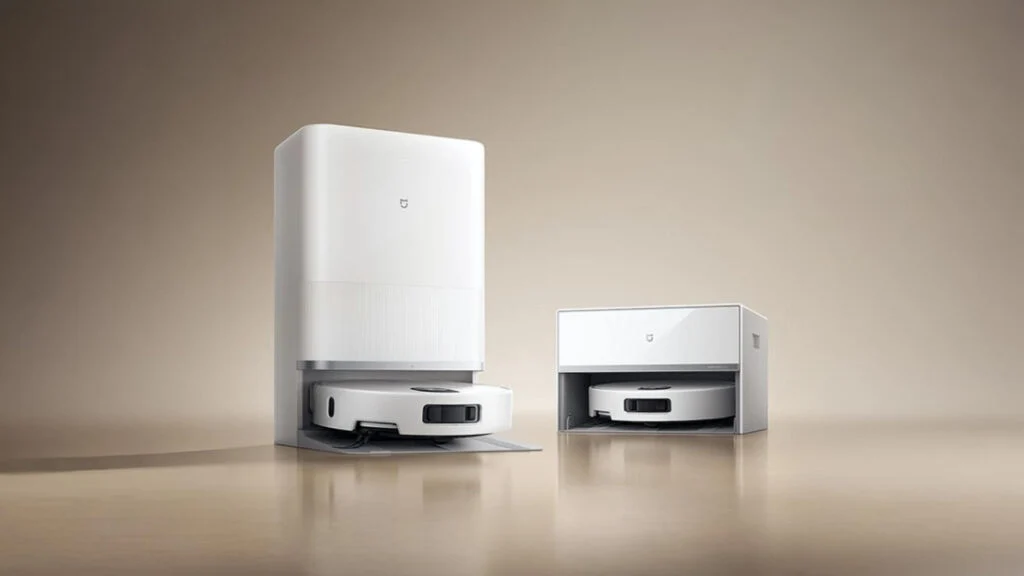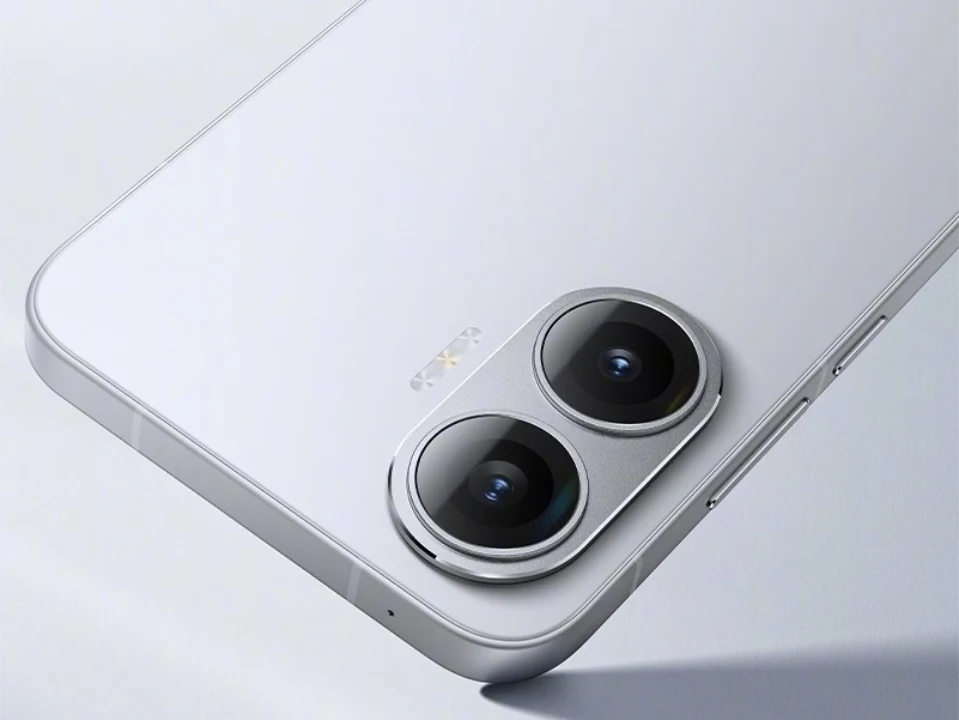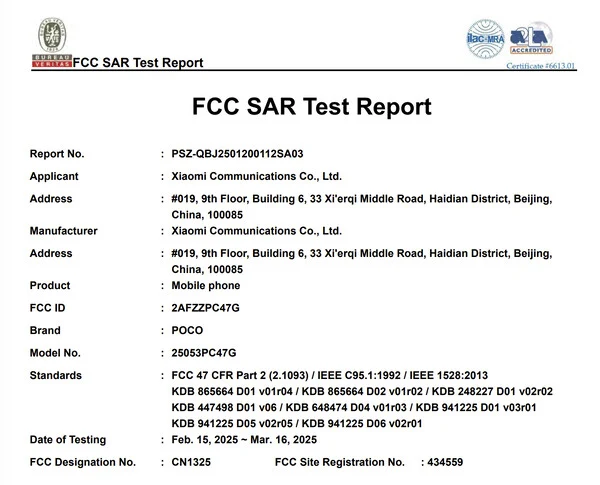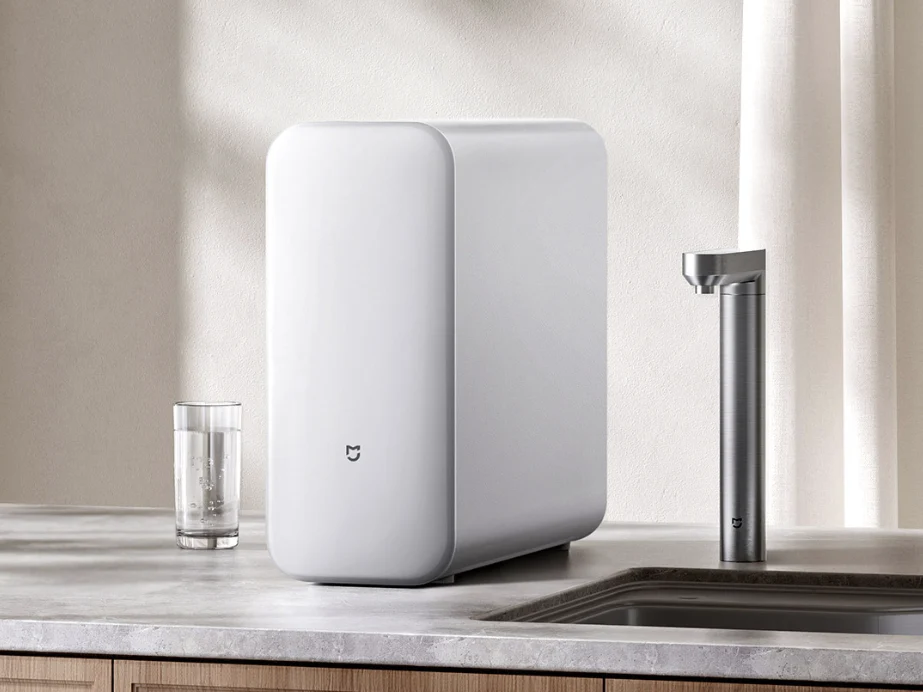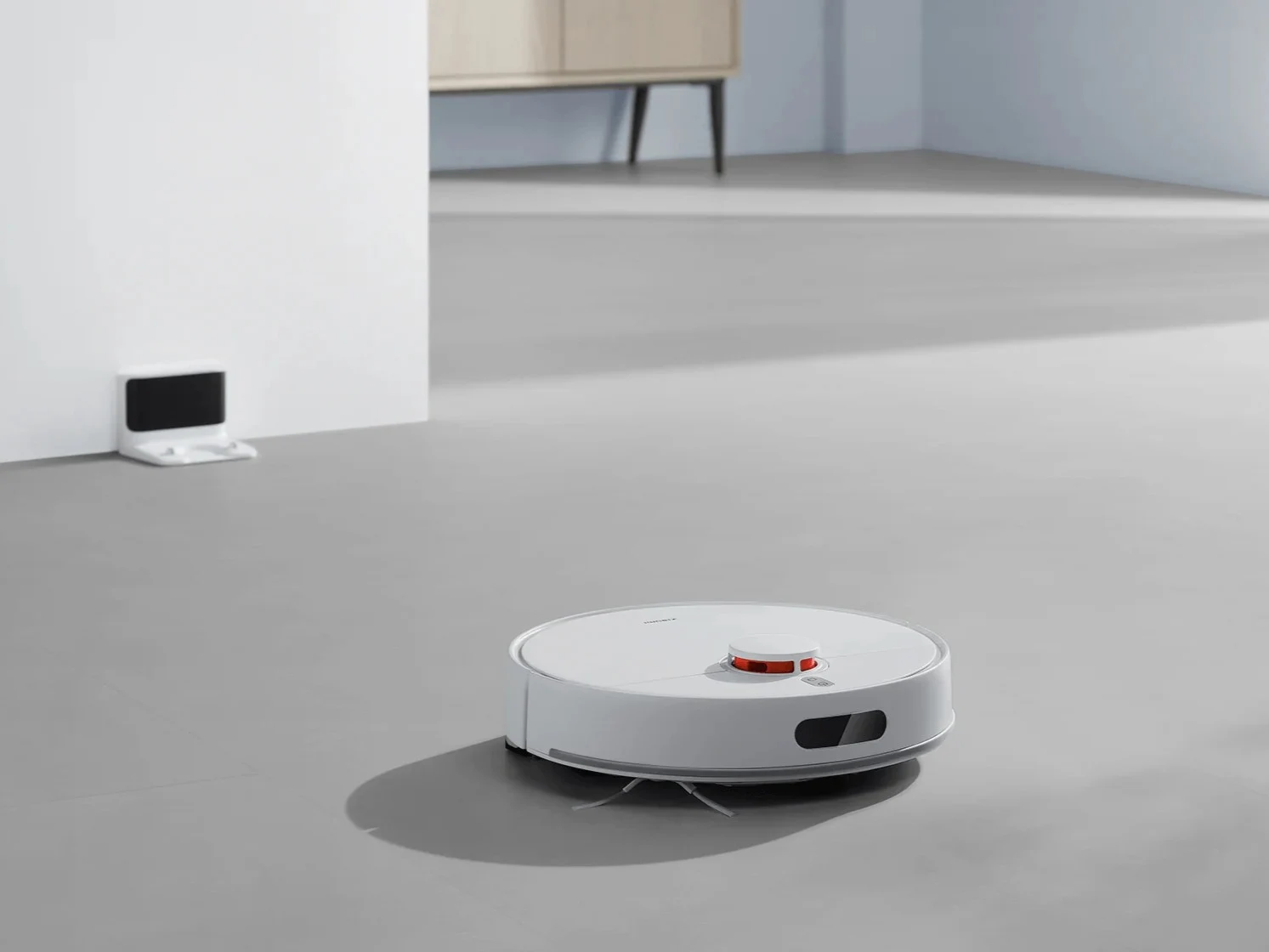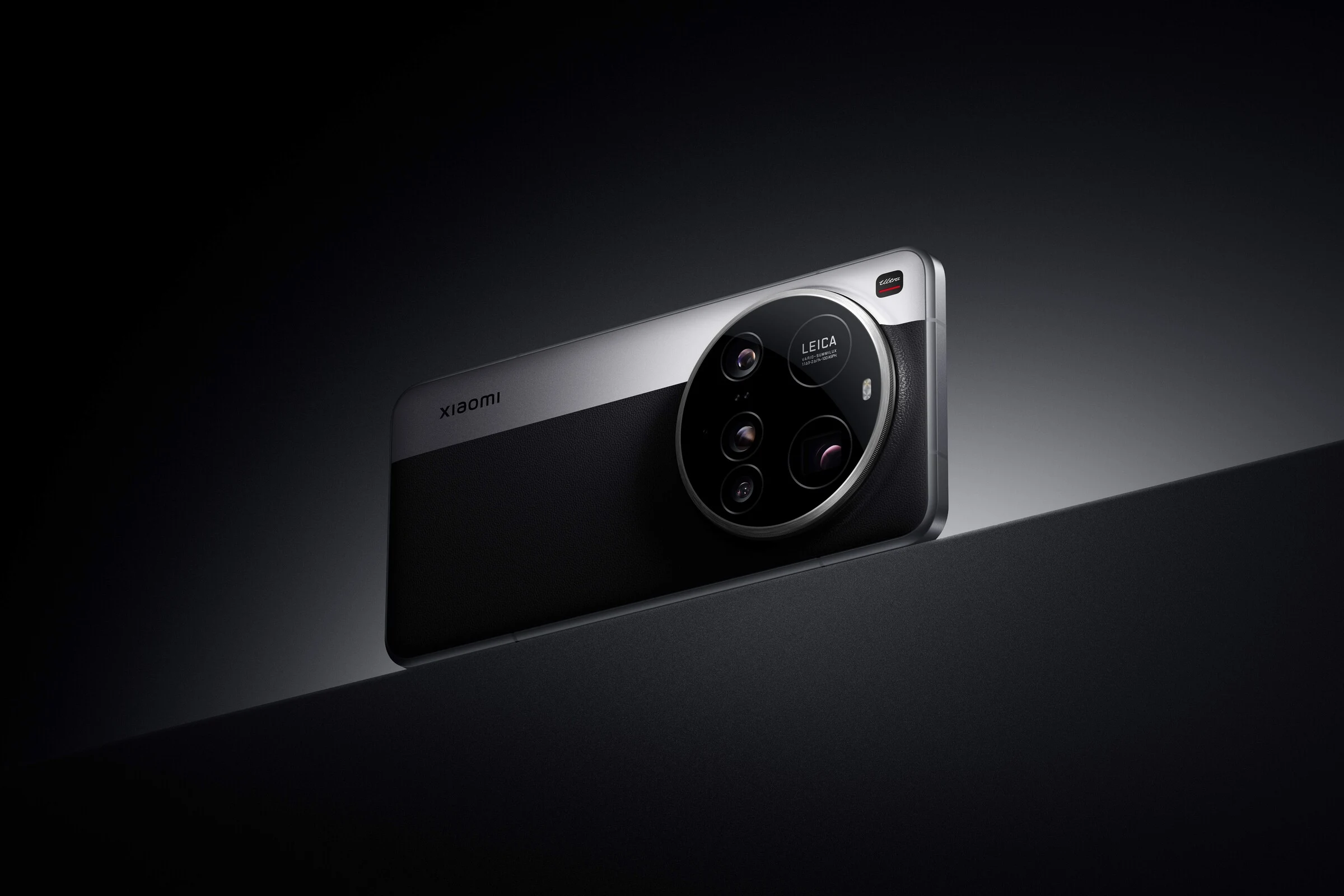Key Takeaways
1. Xiaomi has launched the Mi Box 5 and Mi Box 5 Max in China to upgrade older TVs for streaming services and apps.
2. Both devices support 4K resolution, Dolby Vision, Dolby Atmos, and DTS:X, with advanced connection options like Bluetooth 5.2 and Wi-Fi 6.
3. They feature a quad-core A55 processor, Mali-G310 V2 GPU, and different storage options: 2+32GB for Mi Box 5 and 4+64GB for Mi Box 5 Max.
4. The devices include smart features like Xiaomi HyperOS integration, Xiao AI voice assistant, and NFC tap-to-share functionality.
5. Pricing is set at CNY 299 (about $41) for Mi Box 5 and CNY 499 (about $69) for Mi Box 5 Max, with no confirmed release date for other regions.
Xiaomi has introduced the Mi Box 5 and Mi Box 5 Max in China. These gadgets offer a solution for enhancing older televisions, enabling users to access a variety of streaming services and applications through the connected device.
High-Quality Resolution and Sound
The Mi Box 5 and Mi Box 5 Max feature support for a sharp 4K (3,840 x 2,160) resolution, along with an artificial intelligence image improvement tool and compatibility with Dolby Vision. For audio, they offer support for Dolby Atmos and DTS:X, with connection options that include Bluetooth 5.2 and Wi-Fi 6. Additionally, the Xiaomi HyperOS allows these TV boxes to link up with different Xiaomi smart home devices. Other notable features are support for the Xiao AI voice assistant, which can assist you in organizing trips or workout schedules, and an NFC tap-to-share screen function.
Specifications and Design
Both devices are powered by the same quad-core A55 processor and Mali-G310 V2 GPU. The Mi Box 5 comes with 2+32GB of storage, while the Mi Box 5 Max offers 4+64GB of storage. They both have the same dimensions of 97 x 97.1 x 17 mm (about 3.8 x 3.8 x 0.67 inches). Along with the power input, there are HDMI and USB 2.0 ports included.
Pricing and Availability
The Xiaomi Mi Box 5 and Mi Box 5 Max are priced at CNY 299 (around $41) and CNY 499 (about $69), respectively, in China. It remains uncertain if or when these products might be released in other regions, such as Europe, where the Xiaomi TV Box S 3rd Gen is available for €69.90 on Amazon.de.
Source:
Link


